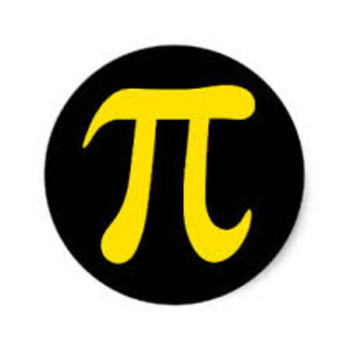How do you solve the simultaneous equations #x^2 + y^2=29# and #y-x=3#?
2 Answers
Use the second equation to provide an expression for
Explanation:
First add
Then substitute this expression for
Subtract
Divide both sides by
So
If
If
So the two solutions
Explanation:
Since you have both
You want to combine these two equations into one equation with a single variable, solve it and then solve for the other variable. An example on how to do this goes like this:
Since
We can solve for
So
Since



